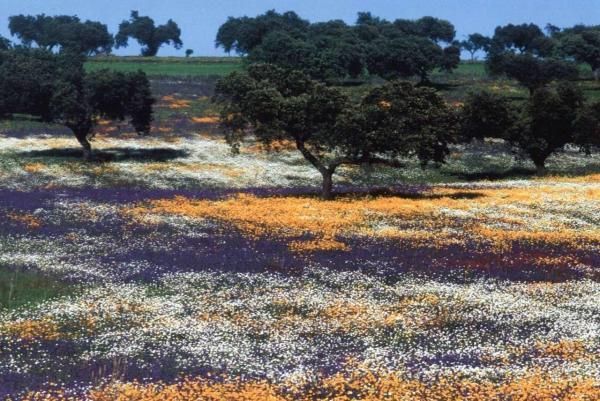Biodiversidad, Ecología y Evolución
Departamento


University of Montpellier
Montpellier, FranciaPublicaciones en colaboración con investigadores/as de University of Montpellier (72)
2024
-
Ancient diversity within Diporodrilus (Crassiclitellata, Annelida) clarify the historical biogeography of Corso-Sardinian earthworms
Organisms Diversity and Evolution, Vol. 24, Núm. 2, pp. 163-179
-
Camera trap surveys of Atlantic Forest mammals: A data set for analyses considering imperfect detection (2004–2020)
Ecology
-
Earthworms (Oligochaeta, Clitellata) of the Mitaraka range (French Guiana): Commented checklist with description of one genus and eighteen species new to science
Zoosystema, Vol. 46, Núm. 9, pp. 195-244
-
Elevation affects both the occurrence of ungulate browsing and its effect on tree seedling growth for four major tree species in European mountain forests
Annals of Forest Science, Vol. 81, Núm. 1
-
Environmental drivers of genetic diversity and phylogeographic pattern in urban earthworms
European Journal of Soil Biology, Vol. 121
-
Hidden in the sand: Phylogenomics unravel an unexpected evolutionary history for the desert-adapted vipers of the genus Cerastes
Molecular Phylogenetics and Evolution, Vol. 191
-
Let earthworms be functional - Definition of new functional groups based on their bioturbation behavior
Soil Biology and Biochemistry, Vol. 188
-
Positive feedbacks and alternative stable states in forest leaf types
Nature Communications, Vol. 15, Núm. 1
-
Self-organization as a mechanism of resilience in dryland ecosystems
Proceedings of the National Academy of Sciences of the United States of America, Vol. 121, Núm. 6
-
The Relationship Between Maturation Size and Maximum Tree Size From Tropical to Boreal Climates
Ecology Letters, Vol. 27, Núm. 9
-
Tracking data highlight the importance of human-induced mortality for large migratory birds at a flyway scale
Biological Conservation, Vol. 293
2023
-
Catch-All No More: Integrative Systematic Revision of the Genus Allolobophora Eisen, 1874 (Crassiclitellata, Lumbricidae) with the Description of Two New Relict Earthworm Genera
Journal of Zoological Systematics and Evolutionary Research, Vol. 2023
-
Contribution to the knowledge of the genus Boucheona (Oligochaeta, Hormogastridae) in France with a newly described species and a redescribed species
Zootaxa, Vol. 5255, Núm. 1, pp. 68-81
-
Correction to: A strong backbone for an invertebrate group: anchored phylogenomics improves the resolution of genus-level relationships within the Lumbricidae (Annelida, Crassiclitellata) (Organisms Diversity & Evolution, (2022), 22, 4, (915-924), 10.1007/s13127-022-00570-y)
Organisms Diversity and Evolution
-
Environmental drivers of earthworm communities along an elevational gradient in the French Alps
European Journal of Soil Biology, Vol. 116
-
Functional trait trade-offs define plant population stability across different biomes
Proceedings of the Royal Society B: Biological Sciences, Vol. 290, Núm. 2001, pp. 20230344
-
Linking seed size and number to trait syndromes in trees
Global Ecology and Biogeography, Vol. 32, Núm. 5, pp. 683-694
-
Long-term vegetation history of a relict birch forest (Betula pubescens subsp. celtiberica (Rothm. & Vasc.) Rivas Mart.) in the Toledo Mountains (central Iberia). Conservation implications
Review of Palaeobotany and Palynology, Vol. 316
-
Masting is uncommon in trees that depend on mutualist dispersers in the context of global climate and fertility gradients
Nature Plants, Vol. 9, Núm. 7, pp. 1044-1056
-
Plant size, latitude, and phylogeny explain within-population variability in herbivory
Science (New York, N.Y.), Vol. 382, Núm. 6671, pp. 679-683